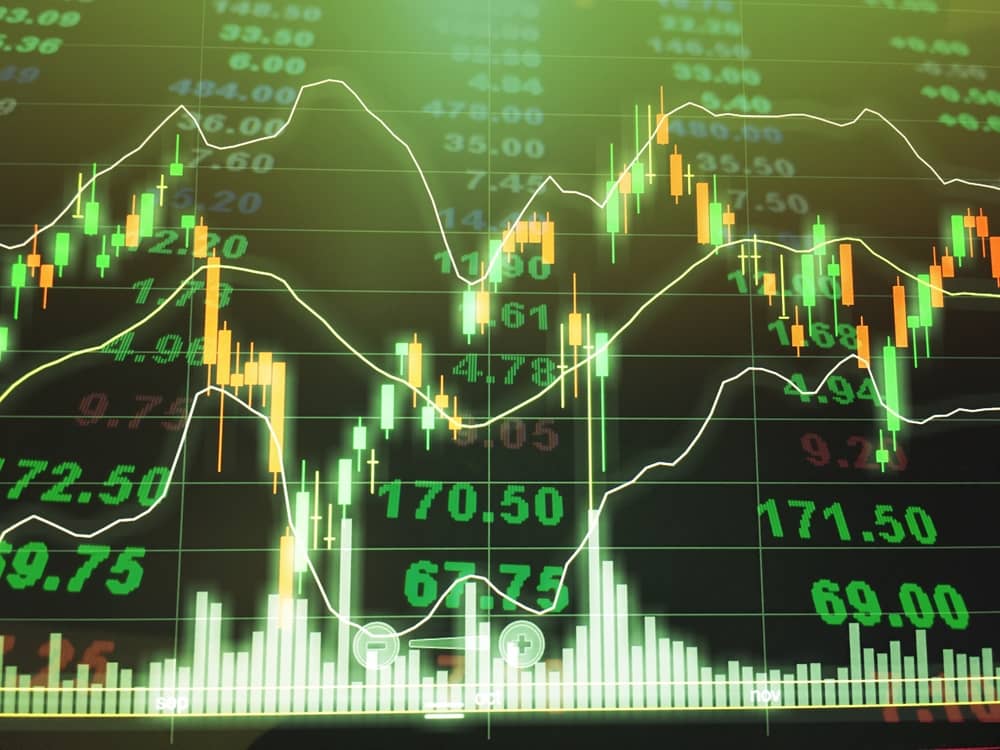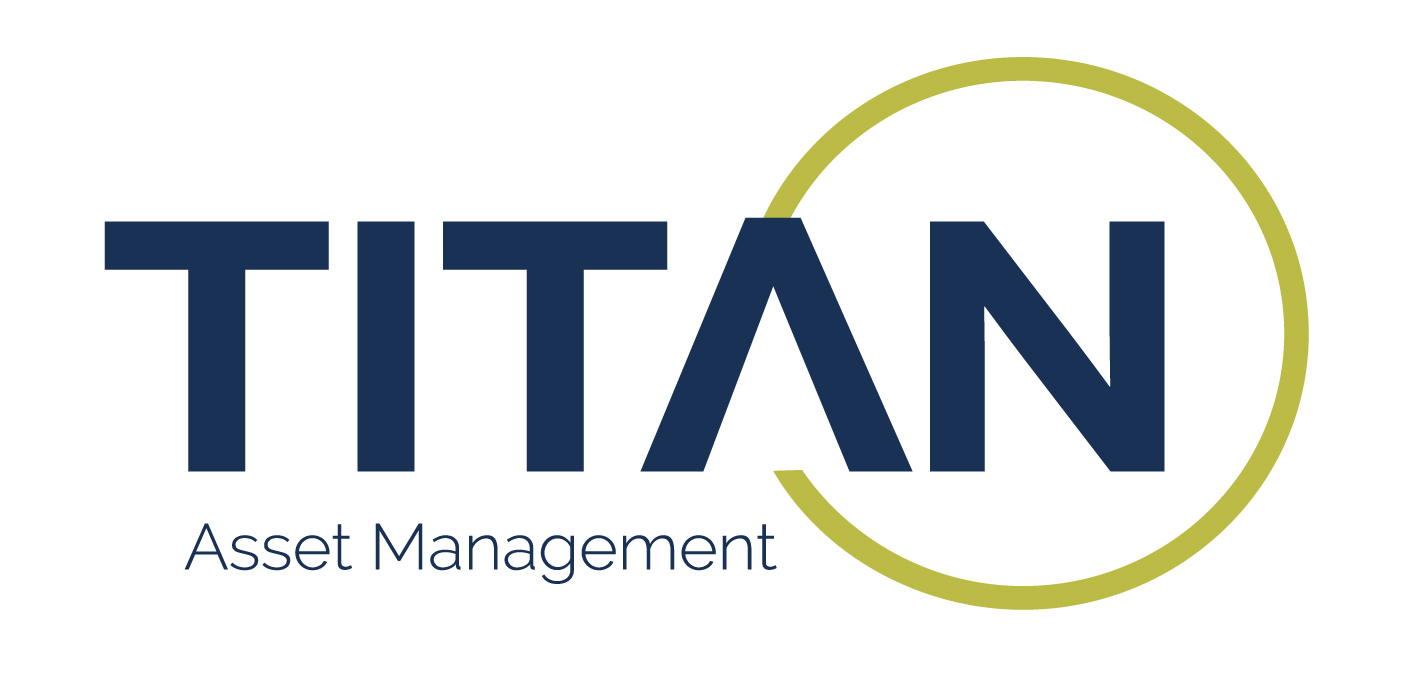Some investors may let their moral convictions steer which of the many ESG buckets they prefer; however, this could change if choosing an ESG tilt continues to be as impactful on ETF returns as picking an underlying exposure.
The myriad flavours of ESG fairly reflects the range of views on what the acronym should encompass, with any one benchmark potentially available in ESG mainline, select, leaders, elite, Paris-Aligned, climate transition, net zero, socially responsible and other iterations.
But, as many of the more esoteric flavours of ESG are field tested outside of index provider lab settings – and set against the more modest tilting strategies – wide performance dispersion and tracking error will surely be sending fund selectors’ fiduciary alarm bells ringing.
Speaking at ETF Stream’s ESG ETFs Workshop 2023, Jack Turner, head of ESG portfolio management at 7IM, said: “Investors need to understand the underlying index methodology and see how that has worked over time.
“I was recently analysing some US ESG ETFs and year-to-date, there has been a 5% spread, on the conservative side. Given the S&P 500 is currently up around 9% so far this year [to the end of October], clearly ESG methodology can have a massive impact and that is dependent on your level of tilt.”
In fact, with the S&P 500 jumping 10.7% in less than a month to 22 November, the year-to-date dispersion among ESG ETFs tracking the index widened to 7.8%, excluding sector, factor and equal weight strategies, according to Bloomberg Intelligence data.
Interestingly, the performance dispersion from 15.2% to 23% straddles the 19.2% return for parent index over the same period, showing not all ESG ETFs have been buoyed equally by the style rotation and boom in big tech names in 2023.
Also notable is the fact this year’s dispersion is wider than the 7.2% return spread over the trailing three years for the same cohort of ETFs. This suggests the ebb and flow of different investment styles impacts different flavours of ESG over time, as evidenced by leadership in the group changing from an ESG leaders strategy to a Paris-Aligned climate ETF on three-year and year-to-date timeframes, respectively.
The fact a disparity in returns was maintained over both periods also suggests dispersion is a regular rather than freak occurrence.
Unsurprisingly, performance gaps were also notable in the larger suite of more than 20 ETFs tracking ESG iterations of the MSCI World.
This year, the return spread is 7.32% and a considerable 13% over the trailing three years, as at 22 November. Once again, both spreads straddled the performance of the parent index over the different periods.
Fund selectors react
Commenting on the rift within ESG approaches, Turner said: “This is not an issue. In fact, it is good there are some ETFs that are very 'light touch' in their ESG approach, which we can start to introduce into our portfolios, which we do.
“We do not want too much factor risk, but we do want to start to tilt away from the biggest polluters, so there are some ESG ETFs out there that provide us with those kind of low tracking error options. There are also the ones which we have in our ESG mandates which take a lot of active risk.”
He argued investors need only be aware of a benchmark’s underlying rules and any changes in these, which impact what they are being exposed to.
James Peel, portfolio manager at Titan Asset Management, said: “Even for strategies that look mostly the same on paper, performance can vary meaningfully. There is a 10% performance spread in 2023 between a selection of ETFs tracking slightly different versions of the MSCI World Paris-Aligned Index, for example.”
However, he said the broad array of products means enables wealth managers to construct a basket of sustainably labelled equity strategies that optimise for low tracking error despite ap[1]plying significant exclusions.
“If, for example, across our core proposition we are tactically overweight the value style factor, or underweight European stocks, we are now able to reflect these views across our sustainable investment proposition in a way that was not possible a few years ago – before the growth of our sustainability-labelled investable universe.”
ESG ratings more troublesome
Setting flavours of ESG aside, perhaps more problematic are the inputs measuring which securities deserve to be represented within ESG indices and how these inputs are determined.
For instance, a paper titled ESG Ratings of ESG Index Providers, found MSCI – which derives 60% of its revenues from its indexing business – awards higher ESG ratings to top-performing stocks than their ESG ‘fundamentals’ can justify, so they can be overweighted in their ESG benchmarks, which then book flattering performance.
The research found ESG ratings from MSCI are systematically higher than those from Refinitiv, whose ratings are not relied upon by “any significant index”, and stocks’ ESG upgrades and downgrades relative to peers were inexplicable using performance on ESG metrics.
“Collectively, our findings suggest that ESG data providers’ index licencing incentives influence their ESG ratings,” the report said.
Joachim Klement, investment strategist at Liberum Capital, warned such dynamics indicate there may be “monetary conflicts of interest at play in some cases”, with inclusion in MSCI ESG indices linked to past performance.
While MSCI responded, stating its index design and calculation is “functionally separate” from the assignment of ESG ratings, opacity in the transmutation of ESG metric data – from ratings to index construction – is already the subject of regulatory concern, with the European Commission proposing rules for ESG ratings providers in June.
Overall, large performance disparities between flavours of ESG approach are material but less concerning for investors able to look beneath the bonnet of each index and understand what they are buying.
However, the way each of these strategies is constructed – especially those more reliant on ratings than tangible metrics such as emissions data – needs to be audited to uncover whether many ESG strategies are worth having at all.
This article first appeared in ETF Insider, ETF Stream's monthly ETF magazine for professional investors in Europe. To read the full edition, click here.







